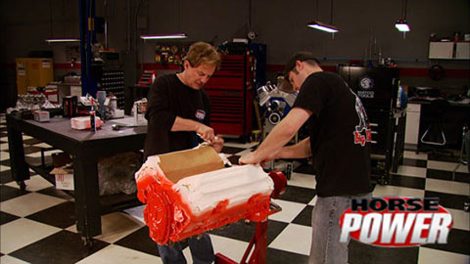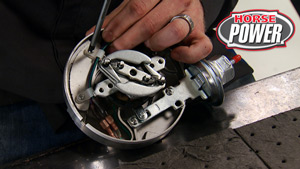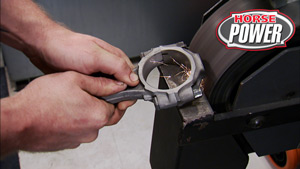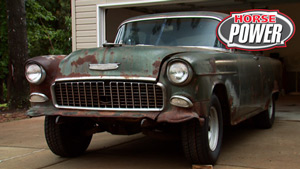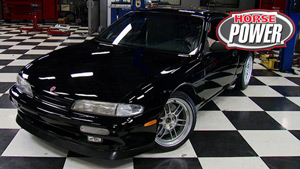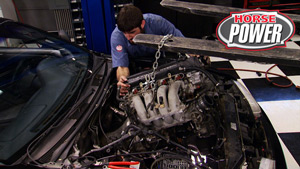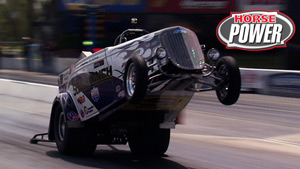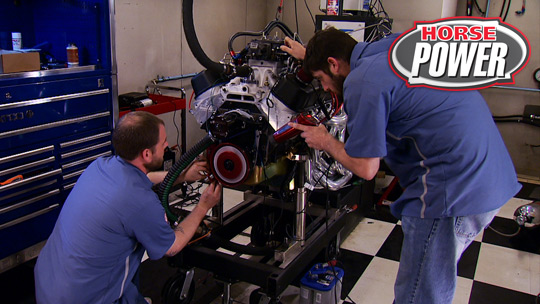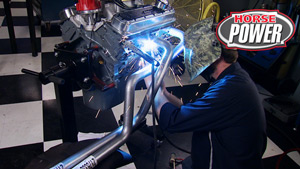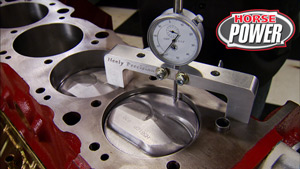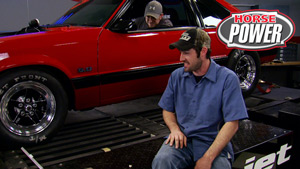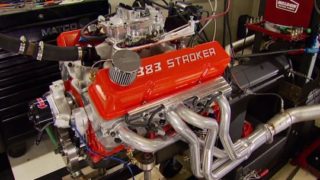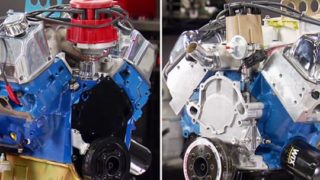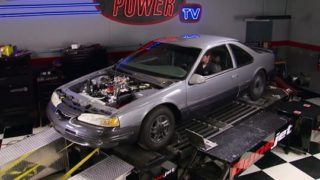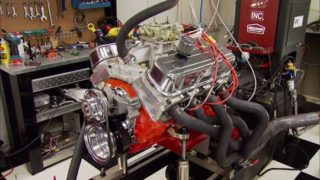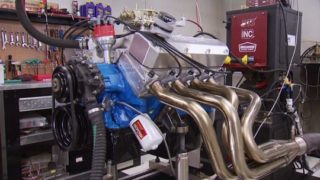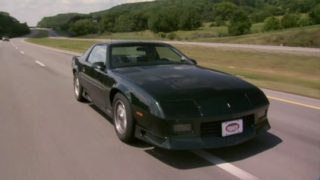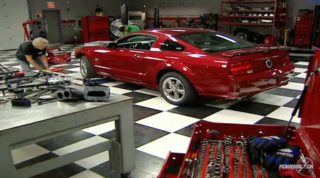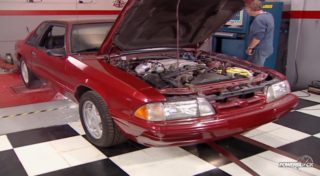HorsePower Builds
Want more content like this?
Join the PowerNation Email NewsletterParts Used In This Episode
Air-Ride Technologies
Front Strong Arm system with Shockwave tubular upper and lower control arms, lower crosshafts, bushings, ball joints, Shockwave airbags, and all necessary fasteners and bracketry, rear Strong Arm system with tubular upper arm, lower control arms, adjustable panhard bar, Airsprings, shocks and all necessary fasteners and bracketry.
ARP
Rod bolts, main bolts, accessory kit.
Comp Cams
Roller camshaft and roller lifter set, 1.7 ratio rocker arms.
Denso
Iridium Tip performance spark plugs.
Doug's Headers
Chevy passenger car header '58-'64 full size Chevy ceramic coated.
Eagle Specialty Products
Chevy 409 crank 4340 steel, 6.135 rods with ESP armor coating.
Edelbrock
348/409 W-Series Chevy street high-performance aluminum cylinder heads, cylinder head bolts.
Edelbrock
600cfm manual choke carbs, fuel pressure regulator, electric fuel pump 160 gph, 2x4 linkage, dual quad fuel lines, polished filter.
Edelbrock
Chevrolet 348/409 W-series V8 Performer RPM dual-quad aluminum intake manifold.
Edelbrock
Classic aluminum valve covers with black finish.
Edelbrock
Edelbrock high performance aluminum water pump standard rotation.
Edelbrock
Large Oval Cast Air Cleaner for Dual-Quads with 2.4" element, black finish.
Edelbrock
Oil filler tube.
Federal-Mogul Corporation
Intake Manifold set, exhaust manifold set, full set, head gaskets, valve cover gaskets.
Federal-Mogul Corporation
Rod and Cam bearings.
Federal-Mogul Corporation
Sealed Power piston rings.
Holley
Hooker Super Comp headers.
Lamar Walden Automotive Inc.
Engine block prep, custom machining of pistons, fitting and assembly of all parts supplied.
MAHLE Aftermarket
Main bearings.
Mallory Performance
Unilite "37" series distributor, bronze gear, chrome coil, coil bracket, Active Power Filter.
Stage 8 Locking Fasteners
Stage 8 locking header bolts.
Taylor Cable Products
Spark plug wire set.
Trans-Dapt
Spin-on oil filter adapter.
